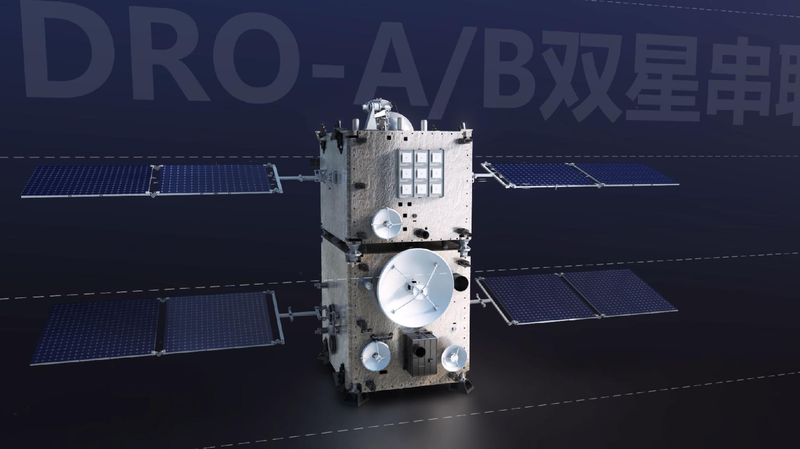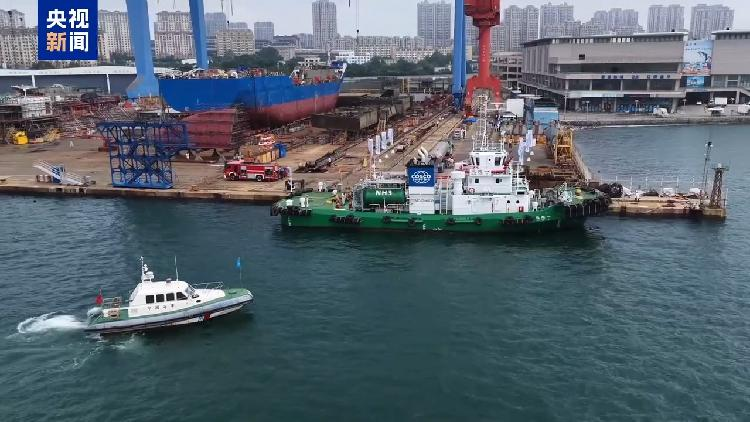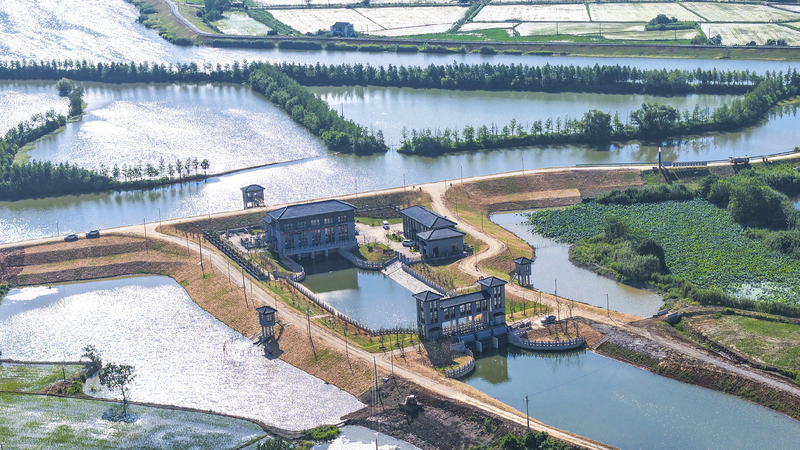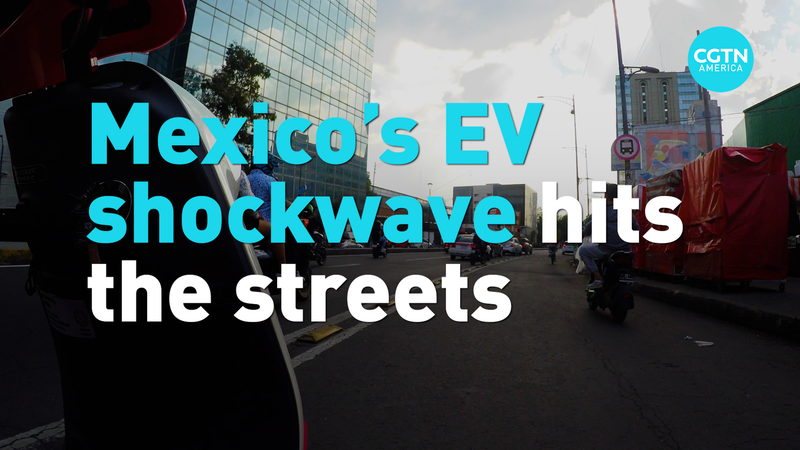Hey space fans! 🌟 Have you heard about the amazing space rescue that took Chinese scientists 123 days? It’s a story full of excitement, clever math, and teamwork! Let’s dive in!
A Surprise in Space 🚀
Back in March 2024, China launched two satellites into space. But something went wrong! The satellites didn’t reach their planned orbit and started spinning out of control like frisbees! 😱
The Rescue Mission Begins 🛰️
The team at the Technology and Engineering Center for Space Utilization (that’s a big name, so let’s call it CSU) was surprised. Zhang Hao, a scientist at CSU, had to act fast.
“We needed to find out what happened to our satellites,” Zhang said. “If they were lost, years of hard work would be gone.”
Using Math and Gravity 🌌
The satellites were damaged and couldn’t move back to their path easily. So, the team came up with a brilliant plan! They decided to use the gravity of the Earth, the moon, and the sun like a giant slingshot to pull the satellites back on track!
“It’s like when you swing a ball on a string and let it go,” explained researcher Mao Xinyuan. “We used the forces in space to move the satellites without using much energy.”
123 Days of Hard Work ⏳
Because they used gravity instead of engines, the process took 123 days. The first maneuver was the scariest and took 20 minutes. Zhang Hao watched the clock nervously until everything was okay.
“After that, we got used to it,” Zhang smiled. “It was like raising a baby. The beginning is the hardest!”
Space Lighthouses 🔦
The satellites, named DRO-A and DRO-B, are now working perfectly! They join another satellite to form a group that acts like lighthouses in space. This helps other spacecraft find their way between the Earth and the moon much faster!
“With these satellites, we can locate a spacecraft in just three hours instead of two days,” said Mao.
The Future of Space Travel 🌠
These “space lighthouses” will allow spacecraft to navigate on their own, like using autopilot! This is super important for future missions to the moon and beyond.
“It’s like having a GPS in space,” said Wang Wenbin, another CSU researcher. “We can send spacecraft to their destinations more easily.”
A Natural Space Harbor 🚢
The satellites are in what’s called a “distant retrograde orbit” (DRO). It’s a special path around the moon that’s easy to get into and out of. Wang calls it a “natural space harbor.”
The team is now working with China’s manned space program to use these new navigation services for exciting lunar missions! 🌕
Conclusion 🌄
This incredible story shows how teamwork, determination, and clever ideas can turn a problem into a success. Who knows? Maybe someday you’ll be part of a space mission like this! Dare to dream big! 🚀
Reference(s):
Behind China's 123-day space rescue: The math that defied the odds
cgtn.com




